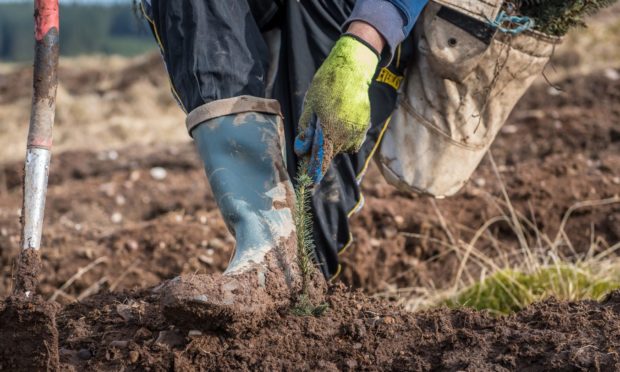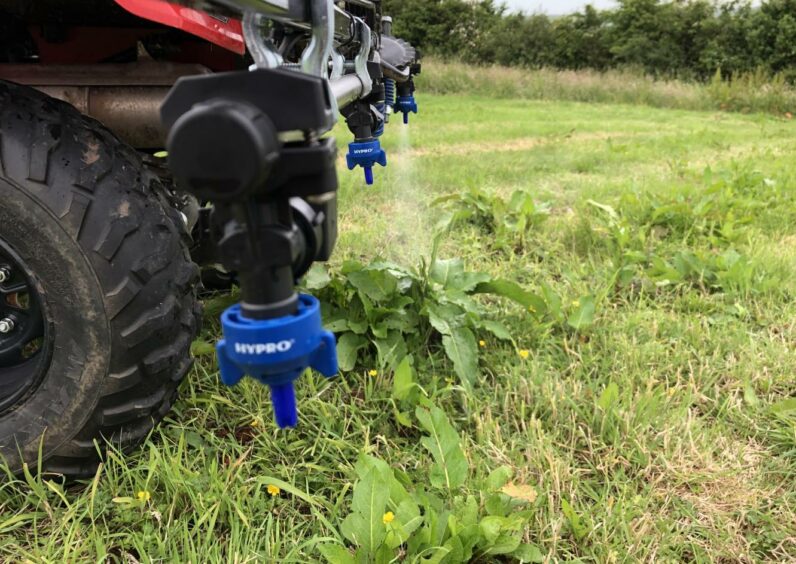It is widely acknowledged we are at a critical turning point when it comes to tackling the climate crisis.
Reaching net-zero carbon emissions in the next 30 years is essential but carbon is not the only issue.
When it comes to the journey to net-zero, every farm and estate will start from a different place and will need a unique action plan.
Assessment
Perhaps the journey starts with a land audit – an assessment of “where you are now” and the production of a holistic climate strategy which takes you “where you want to be”.
The strategy may factor in land management, sustainable farming practices which builds soil health and reduces the use of fertilisers, GPS technology to help with precision farming, renewable energy solutions, energy efficiency projects and natural carbon sinks.
What is clear is agriculture and the land-based economy is instrumental in tackling climate change.
It is uniquely placed to capture CO2 gas from the air and turn it into a wide range of foods, fibres, and fuels. By enhancing this ability to capture carbon it can be used to generate “negative emissions” – actively removing CO2 from the atmosphere and balancing emissions of methane and nitrous oxide from food production.
There is also an opportunity for landowners to generate environmental benefits from the land whist also creating a guaranteed additional income stream.
We are seeing a significant flow of queries from our client base as to how best to structure their land-based operations and position the business
so they can offer carbon offset to the market to compensate for emissions within UK-based businesses.
Carbon credits
The carbon credit debate is even more critical post-COP26, as the expectation is a carbon tax will be introduced as a levelling-up mechanism to penalise those who continue to pollute.
The rural community will need to consider monetising the carbon credits now but then bearing a tax burden in the future on unabated emissions from their operations.
It may be holding onto credits to offset against residual farming emissions is preferable to a sale.
It is all about the time value of money.
Many landowners are already seeing approaches being made by individual and corporate buyers offering anything from outright purchase to ongoing lease agreements for the right to operate and access the stream of income available from the management of the land to best monetise its natural capital.
Taxation
It is critical as a landowner to take time to understand what is being tabled and ensure the taxation of the proposal is fully understood, as well as the other wider commercial and financial concerns.
The challenge right now is that UK tax legislation is playing catch-up and we still await HMRC’s guidance on the taxation of such income streams.
It is likely to come down to what is being offered by the buyer and the fundamental tax principles will apply but in other cases it may require more guidance from HMRC as to the ultimate taxation of the income generated.
For the landowner a capital versus an income return (if the business is unincorporated) may be more preferable given much higher rates of income tax (up to 46%).
Also, the additional monies generated could create other tax issues such as the loss of inheritance tax reliefs.
Any proposals tabled should therefore be considered in full and thought given to preferred structuring whilst taking expert tax advice.
Mark Stewart is head of energy, infrastructure and sustainability at Johnston Carmichael.

